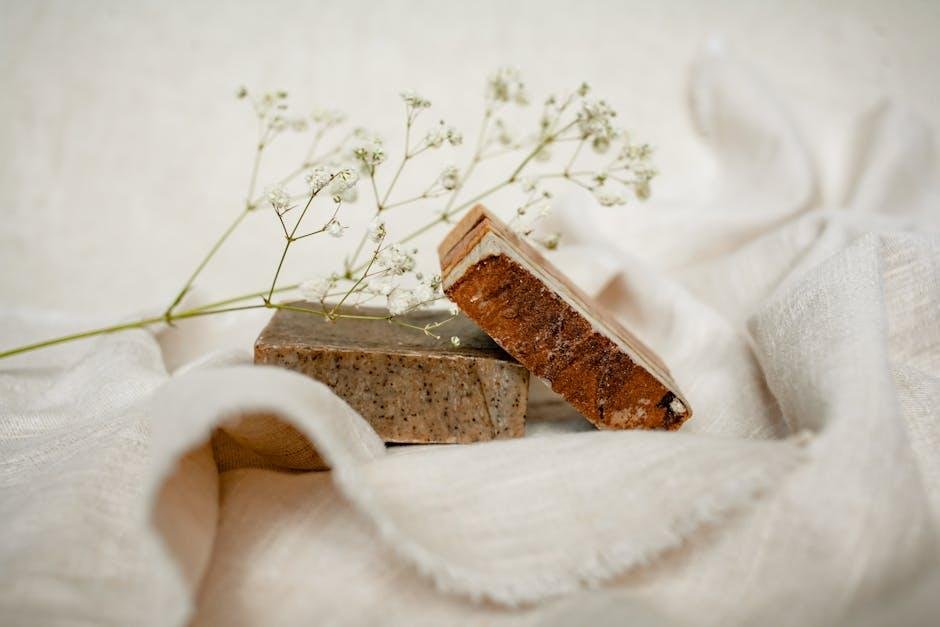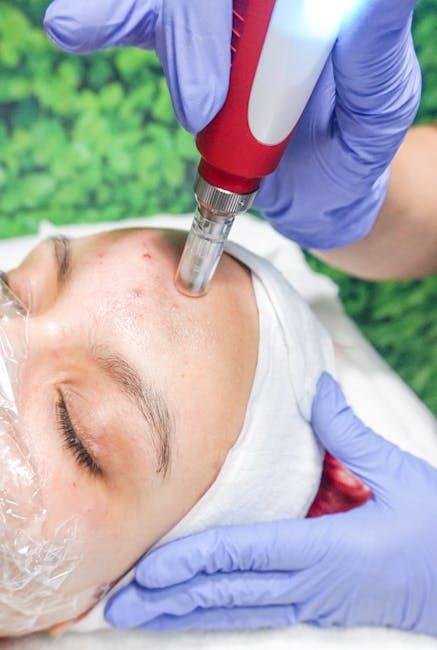In the intricate tapestry of skincare,breakouts can feel like unwelcome graffiti splashed across a well-kept canvas. While they may seem like the end of your skin’s story, they can also signal a new beginning—a catalyst for change, healing, and self-discovery. Whether it was a temporary lapse in your routine, a reaction to a new product, or simply the result of stress, a bad breakout can disrupt your confidence and leave you searching for a way back to clarity and balance. But fear not; resetting your skin is a journey that many have embarked upon, and with a few mindful steps, you can restore your skin’s health and reclaim its natural glow. In this article, we’ll explore effective strategies and nurturing practices to help you bounce back from breakouts and re-establish the harmony of your skin, reminding you that every setback can lead to a fresh start.
Navigating the Aftermath of a Breakout: Understanding Your Skin’s Needs
After experiencing a breakout, it’s essential to listen to your skin and provide it with the care it deserves. Each person’s skin reacts differently, so understanding what your skin needs during this sensitive period is vital. Start by prioritizing gentle cleansers that won’t strip your skin of its natural oils. Avoid harsh scrubs and exfoliants that can aggravate redness and irritation. Instead, focus on soothing ingredients such as aloe vera, chamomile, or green tea that help calm inflammation. Incorporating a hydrating toner can also be beneficial—look for formulations free from alcohol that help restore your skin’s natural pH balance.
Moreover, your moisturizer should be lightweight yet effective, ideally containing non-comedogenic components to avoid potential clogged pores. Consider adding a serum rich in antioxidants like vitamin C or niacinamide to address inflammatory skin and promote healing. Protection from further damage is crucial, so a broad-spectrum sunscreen should be non-negotiable in your routine, even on cloudy days.Below is a swift guide to help you reset your skincare regimen:
| Step | product Type | Key Ingredients |
|---|---|---|
| Cleanse | Gentle Cleanser | Aloe Vera, Chamomile |
| Tone | Hydrating Toner | Rose Water, glycerin |
| Moisturize | Lightweight Moisturizer | Hyaluronic Acid, Ceramides |
| Treat | Antioxidant Serum | Vitamin C, Niacinamide |
| Protect | Broad-spectrum Sunscreen | Zinc Oxide, Titanium Dioxide |

Gentle cleansing: The Foundation for Recovery
When dealing with the aftermath of a breakout,the first step towards recovery is adopting a gentle cleansing routine that respects your skin’s natural barrier. Harsh scrubs and aggressive cleansers can exacerbate already inflamed skin, making the healing process even more challenging. Rather, consider using a pH-balanced cleanser that is free from sulfates and fragrances to minimize irritation. Look for products that include soothing ingredients, such as glycerin or aloe vera, to help calm the inflammation while effectively removing impurities.
Additionally, establish a consistent cleansing routine that emphasizes moderation. Here are some guiding principles to incorporate into your new regimen:
- Twice Daily Cleansing: Wash your face gently in the morning and before bed.
- Water Temperature: Use lukewarm water, which helps open pores without stripping essential moisture.
- Minimal Product Use: Limit the number of products to avoid overwhelming your skin.
By taking these gentle steps, you’re laying a solid foundation for recovery, allowing your skin to heal and regain its natural balance over time.

Nourishing Your skin: Building a Regimen for Healing
Nurturing your skin after a breakout requires a holistic approach that combines effective products with self-care practices. Start by cleansing your face gently but thoroughly using a nourishing, hydrating cleanser that respects your skin’s barrier. Avoid harsh scrubs or exfoliants that can aggravate sensitivity. After cleansing, incorporate soothing toners enriched with calming ingredients like chamomile or aloe vera to help replenish your skin. apply a lightweight moisturizer that can hydrate without clogging pores. Look for labels that include non-comedogenic on your products to ensure they’re suitable for post-breakout care.
To further enhance your skin’s recovery, consider implementing a weekly mask routine with ingredients designed to restore calm and balance, such as honey or green tea extract. Pay attention to your diet as well; eating anti-inflammatory foods can considerably impact your skin’s health. Focus on including more of the following in your meals:
| Food | Benefit |
|---|---|
| avocado | Rich in healthy fats and vitamins E and C, promoting skin health. |
| Blueberries | High in antioxidants, protecting skin cells from damage. |
| salmon | Omega-3 fatty acids help maintain skin elasticity and hydration. |
| Sweet Potatoes | Loaded with beta-carotene for skin repair and renewal. |
Incorporating these nourishing practices into your daily and weekly routine not onyl aids in skin healing but also elevates your overall skincare experience.Remember, consistency is key; giving your skin the time it needs to heal will yield the best results.

Boosting Confidence: Makeup Tips to Hide and Heal
Transforming your skin after a breakout doesn’t just involve treating the blemishes; often, it’s also about how you present yourself to the world. The right makeup can create an illusion of perfection while providing a confidence boost. Consider using a color-correcting primer to neutralize redness before applying your foundation. Opt for a lightweight, non-comedogenic foundation that offers good coverage without clogging pores. Whenever you’re applying makeup, remember to use clean brushes and beauty tools to prevent further irritation. here are some essential products for a flawless finish:
- Color-Correcting Products: Green or yellow-tinted concealers
- Foundation: Mineral or oil-free options
- Setting Spray: Hydrating formulas to lock in your look
After securing a lovely base, it’s vital to also focus on healing. While makeup can disguise imperfections temporarily, nurturing your skin should be a priority. Incorporate several healing ingredients into your skincare routine to rejuvenate your skin. Consider serums and treatments that include salicylic acid for clearing pores, niacinamide for reducing inflammation, and hyaluronic acid for hydration. you could even benefit from a simple skincare table to keep track of what works for you:
| Product Type | key Ingredient | Benefit |
|---|---|---|
| Cleanser | Salicylic Acid | Unclogs pores and prevents breakouts |
| Serum | Niacinamide | Reduces redness and improves skin texture |
| Moisturizer | Hyaluronic Acid | Locks in moisture and plumps skin |
In Summary
In the world of skincare, breakouts can feel like unwelcome guests that overstayed their welcome. However, just as seasons change, so too can your skin’s story. By embracing the strategies outlined in this guide—nurturing your complexion with gentle cleansing, targeted treatments, and nourishing hydration—you’ll be well on your way to turning the page on this chapter of skin distress. Remember, healing takes time, so be patient with yourself as you embark on this journey toward revitalization.Your skin is resilient, and with care and attention, it can emerge not only restored but renewed. So take a deep breath,trust the process,and look forward to unveiling a brighter,healthier you. Your skin’s next beautiful chapter awaits!

